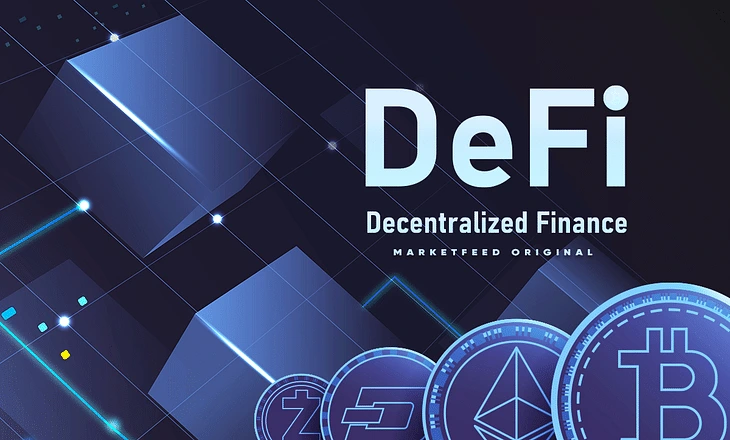RWA Liquidity: Real Breakthrough or Just Hype? A Pros & Cons Breakdown
RWA liquidity is getting a lot of attention lately — and with good reason. The idea of making traditionally illiquid real-world assets like real estate, invoices, or government bonds tradable on the blockchain sounds revolutionary. But how much of that promise is grounded in reality?
Here’s a breakdown of what RWA liquidity actually is, along with a clear look at the pros and cons of this emerging financial model.
What Is RWA Liquidity?
RWA stands for Real-World Assets — anything from real estate and carbon credits to bonds and invoices. The concept of RWA liquidity revolves around the idea that these assets can become more tradable when they’re tokenized and represented on blockchain platforms.
In theory, tokenization removes many of the frictions in traditional markets. But in practice, the situation is a bit more complex.


Pros of RWA Liquidity
1. Fractional Ownership
- What it means: You no longer need $500K to invest in a building — you could invest $50 in a tokenized slice.
- Why it matters: Opens investment opportunities to a wider range of participants.
2. 24/7 Markets
- What it means: Blockchain-based platforms operate around the clock, unlike traditional stock or real estate markets.
- Why it matters: This theoretically enables more consistent access to liquidity, especially across time zones.

3. Global Access
- What it means: Investors from anywhere can access asset-backed tokens, breaking local market barriers.
- Why it matters: Expands the potential investor pool and increases demand.
4. Transparency & Efficiency
- What it means: Transactions and ownership can be tracked in real time on the blockchain.
- Why it matters: Lowers fraud risk and simplifies recordkeeping.
5. Integration with DeFi
- What it means: Some DeFi protocols are integrating tokenized RWAs directly into lending, trading, or yield strategies.
- Why it matters: Adds utility and potentially enhances liquidity by making RWAs a part of active on-chain ecosystems.

Cons of RWA Liquidity
1. Illiquidity Still Lingers
- The issue: Tokenization doesn’t magically create buyers or secondary markets.
- Example: A tokenized property still needs someone willing to buy a tiny share — and that demand isn’t guaranteed.
2. Regulatory Gray Zones
- The issue: Legal treatment of RWA tokens varies by country and asset class.
- Impact: Makes institutional adoption and cross-border trading difficult and risky.

3. Infrastructure Gaps
- The issue: Custody, trading platforms, and compliance tools for RWAs are still developing.
- Impact: Early-stage infrastructure can bottleneck liquidity or create inefficiencies.
4. Trust and Adoption Barriers
- The issue: Many investors don’t yet trust tokenized systems — or understand them.
- Impact: Without trust, even the best tech doesn’t lead to widespread use.
5. Legal Enforcement Complexity
- The issue: Owning a token doesn’t always guarantee enforceable rights to the asset behind it.
- Impact: Legal ambiguity can deter serious capital or lead to disputes.


Examples in Action of RWA Liquidity
Several companies are testing the waters:
- Centrifuge – Tokenizing business invoices to offer on-chain financing.
- Ondo Finance – Offers tokenized U.S. Treasuries to DeFi users.
- Maple Finance – Enables institutional lending using real-world collateral.
These are early use cases — not mainstream yet, but gaining traction as proof of concept.
Bonus Consideration: The Human Factor
Even with smart contracts and decentralized systems, finance still runs on trust and human behavior. People need time to adopt new models, especially when it comes to money.
Tokenization may promise efficiency, but trust builds slowly.
Final Verdict: Is RWA Liquidity a Game Changer?
Short answer: Yes — but not without caveats.
RWA liquidity has real potential to unlock value from traditionally illiquid assets. The idea is promising, and early implementations show how it could work.
But today, it’s a work in progress. Legal clarity, market demand, and infrastructure maturity still lag behind the vision.
Relevant Link : RWA Liquidity: What Experts, Use Cases, and Data Say About the Hype




